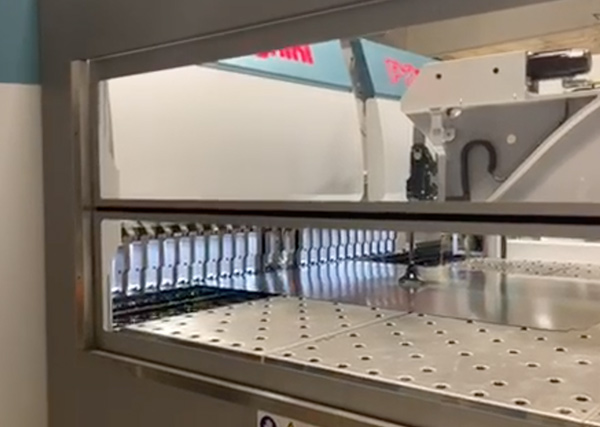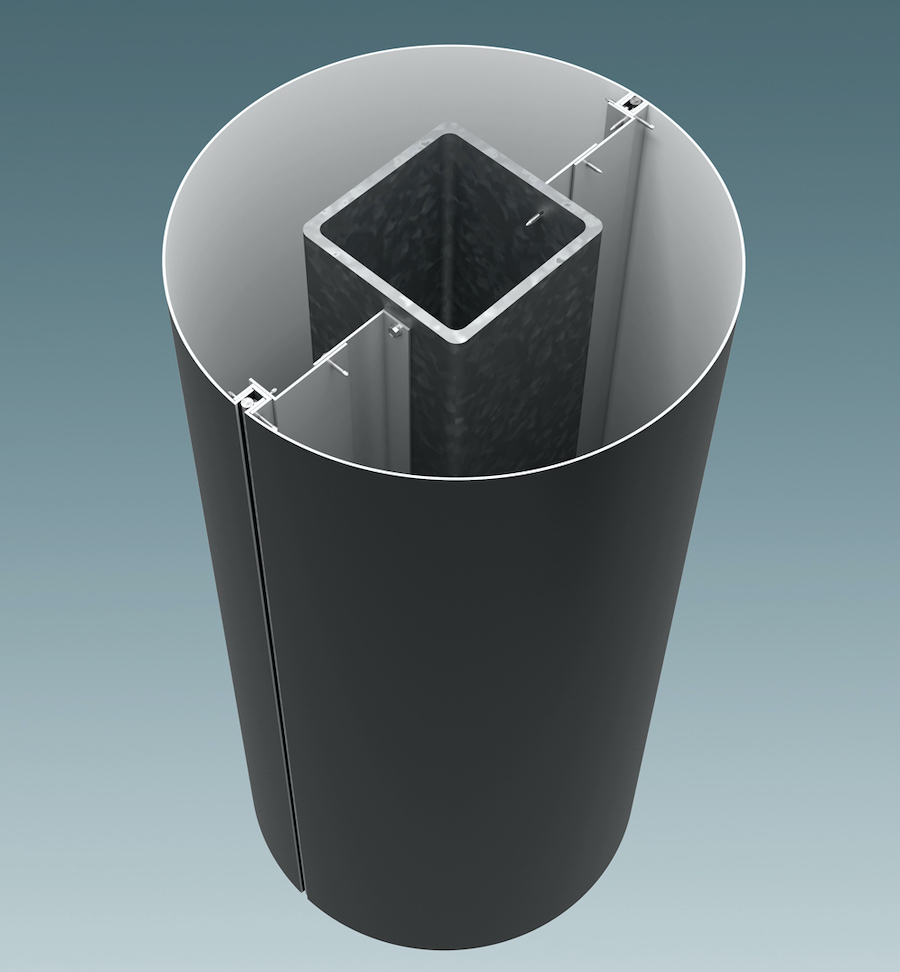The Importance Of Uniformity And Consistency To Corporate Identity Programs
When a company looks to create a Corporate Identity Program (CID), whether that be in hospitality, retail, food service, automotive, or medical markets, they seek the creation of a design that will bolster their brand’s equity. A CID Program becomes a visual representation of a brand and when that design is erected, a brand seeks to duplicate the design on a national, and often international, basis.
How The Fabricator Has Evolved To Meet The Needs Of The Architectural Community
Over the last two decades, fabrication has dramatically changed. Traditional cladding materials such as glass, stone and metal now share the architectural space with cladding products such as fiber cement and high-pressure laminates. The evolution of materials has influenced the growth of the fabricator. As architects seek shared wall space exteriors, it is the fabricator’s responsibility to stay abreast to new trends and adapt to architecture’s ever-changing trajectory.
CEI Materials Adds New Expansive HPL And In House INOVEZE Product Lines
With the trending evolution from monolithic building design to a more varied and geometric look, architects began seeking more versatile façade solutions. In response to the growing need for such materials, HPL was created.
CEI Materials Continues To Expand Product Offering With Architectural Column Covers
CEI Materials offers a wide range of column covers, from round, square, cone-shaped or custom for architectural projects. These covers can be installed using three different types of attachment systems, Hairline, Caulked or Dry Joint, depending on the design requirements. Offering various diameters, the lengths can be as small as 11” to up to 142”. These covers not only offer design flexibility but from a visual perspective give a finalizing touch in the overall exterior or interior design of the building.
Metal Composite Panels And The Role Of Fabricators In The Architectural Process
Metal composite materials, including aluminum composites, have been prominent in the architectural market since the 1970s. The materials have evolved to accommodate the ever-changing architectural space, pushing manufacturers to create more innovative product lines. These innovations have been seen in product finishes and even core construction, to produce more sustainable and fire-resistant technologies. Each of the major manufacturing players in metal composites have the ability to produce products that continue to please architects due to a variety of factors.





.png)
